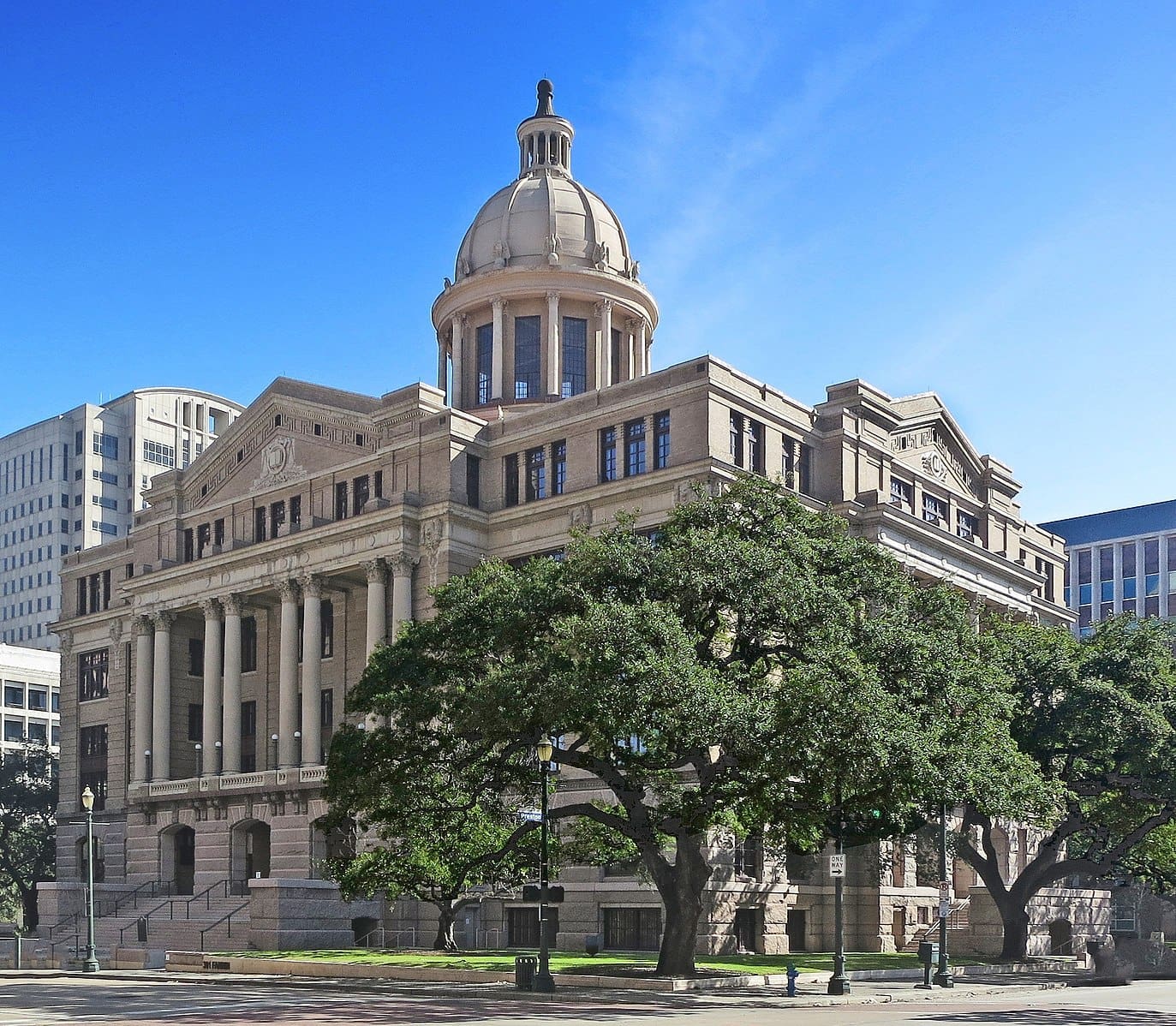Usually, it’s voters who decide who’ll represent them, but once a decade legislators decided on the boundaries of their House districts. While necessary to align districts for population shifts, very often the drawing also serves to punish foes and reward allies. The map House members will start on this week is no different.
The “base map” for Texas House districts is the one championed by the House Redistricting Committee chairman, State Rep. Burt Solomons (R-Carrollton). While the map has been endorsed by the Associated Republicans of Texas, many grass roots conservatives aren’t happy with the design.
I should add here that Texans for Fiscal Responsibility is not scoring the maps/redistricting process on our legislative index. And we tend to think it’s healthy to rotate legislative representation – no one should have a lock on power.
But it is worth noting that many conservative legislators, local Republican leaders and tea party activists claim it unnecessarily pits conservative members against each other and creates some very oddly shaped districts, and even new open-seat districts at the expense of conservative incumbents.
The “Solomons Map” is defined in House Bill 150 (the Solomons map, Plan 113, and all others can be viewed at https://gis1.tlc.state.tx.us). This is what the House will start with when it begins the debate on the floor tomorrow.
Questions have been raised about the way the Solomons’ map shaped East Texas districts. For example, conservative stalwart Dan Flynn is pitted against freshman conservative Erwin Cain, who defeated a moderate Democrat in November.
(You might recall this fall, when one state representative claimed pairings would occur between those who opposed the re-election of Speaker Joe Straus; the speaker appointed Solomons as the redistricting chairman. Indeed, many conservatives are commenting on the perceived political “punishment” doled out to the conservative opponents of Speaker Straus.)
Rep. Solomon’s map similarly pushes Republican freshmen Rep. Jim Landtroop of Plainview and Rep. Charles Perry of Lubbock into one West Texas district, even though the adjacent district would have no incumbent. (Meanwhile, the other Lubbock state representative, John Frullo, a Straus supporter, is left unpaired.)
Another criticism of the map is the very odd way some districts are drawn; no doubt the result of trying to protect friends and punish conservatives.
Take the proposed District 149, for example. It connects all of Burnet County with all of Milam County with a very thin stretch of land across the southern border of Williamson County. Another is that map’s District 88: while only one county in height, but stretches almost from the New Mexico border to the outskirts of the Metroplex.
The most popular counter-proposal thus far is the “Nixon Map”, devised by former State Rep. Joe Nixon (Plan 212). That plan will be introduced as an amendment to the Solomons map by Rep. Cain.
Elections have consequences. The opponents of Speaker Straus are certainly claiming his re-election is having electoral consequences for them.
As previously stated, we believe more rotation is better. But we also believe that the redistricting process should be transparent and serve citizens first.
In all respects, conservatives not working to make sure their voices are heard in the process, could find themselves silenced as a result.




